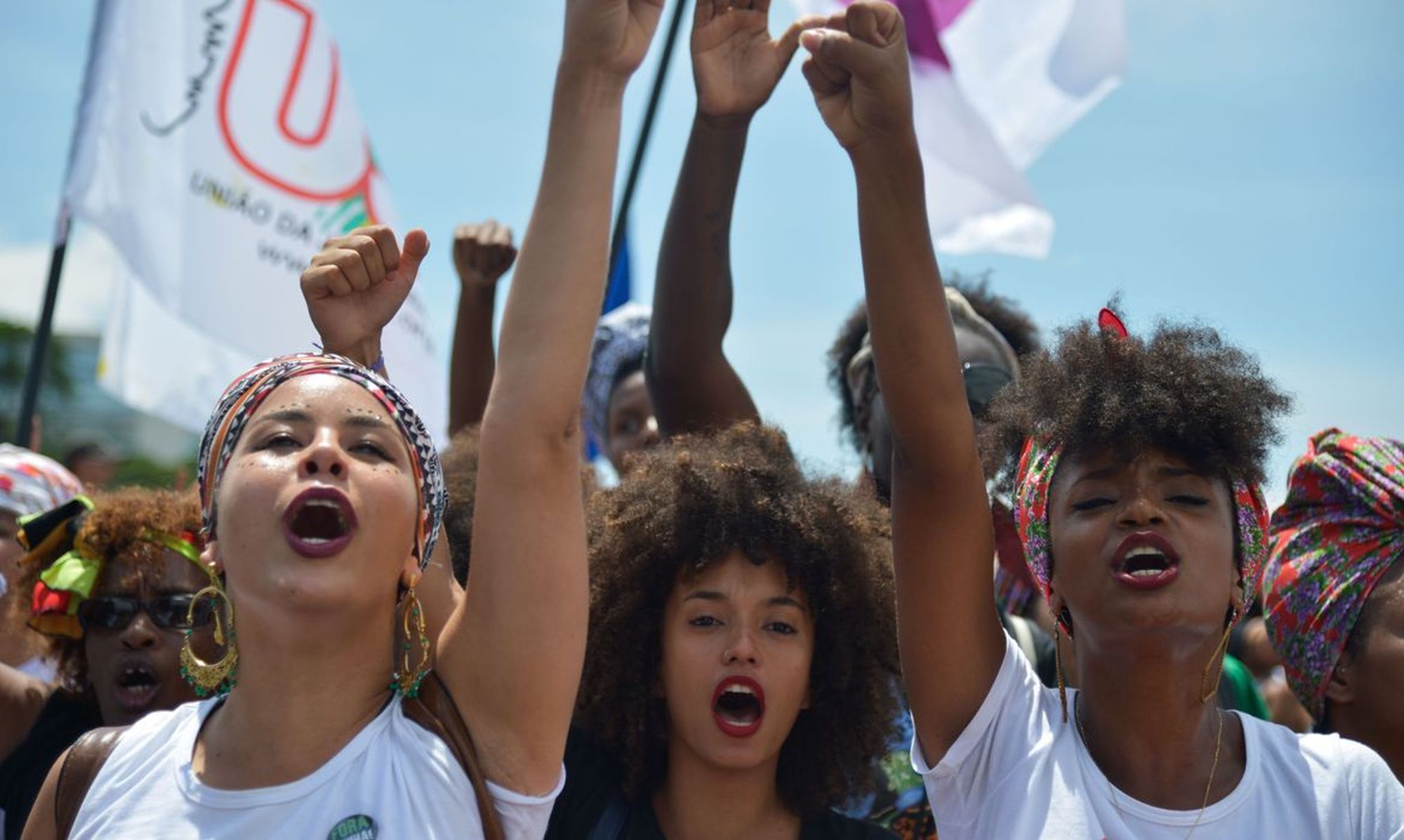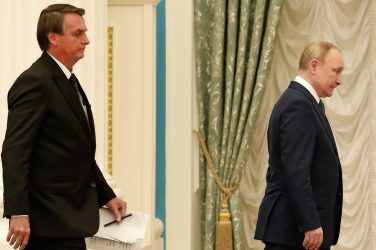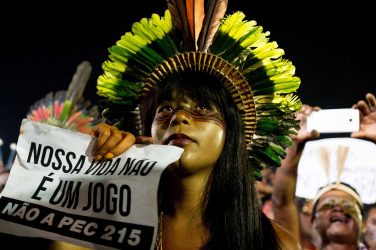On 8 January, thousands of supporters of Brazil’s defeated former president, Jair Bolsonaro, stormed the country’s Congress, Supreme Court, and presidential offices, rallying against what they falsely claim was a rigged election. The scenes, which took place almost exactly two years after the US Capitol attack on 6 January 2021, when thousands of Donald Trump backers illegally entered the Washington building, are a sign of the immense challenge that Lula faces as he seeks to reunite a sharply divided society just a week into administration.
In his inauguration speech on 1 January, President Luiz Inácio Lula da Silva spoke alongside an Indian chief, a disabled boy and a metal worker, explicitly and implicitly putting inclusion and social unity at the centre of his agenda. As a scholar studying intergroup relations and discrimination in Brazil, I can attest that Lula’s approach will radically differ from Bolsonaro’s.
Colorblind and multicultural approaches to diversity
Since Bolsonaro took office in 2019, the number of invasions of indigenous lands has almost tripled. Brazil also has one the world’s highest number of homicides against the asexual, lesbian, gay, bisexual, and trans population, with at least 300 people suffering violent deaths (murders and suicides) in 2021 alone.
At an ideological level, the former president’s approach toward minorities – racial minorities such as black Brazilians and indigenous population, poor residents of Brazilian favelas and the LGBTQIA+ population – can be summed up with the concept of “colorblindness”. In 2018, Bolsonaro quite literally appeared alongside campaigners donning a T-shirt labeled “Minha cor é o Brasil” – “My color is Brasil”.
According to current research, “colorblindness” involves ignoring differences within groups based on race, sexual orientation, ethnicity or other factors. Such a social-psychology approach argues that equality among groups is best gained by downplaying distinctions and treating people as unique individuals. Lula, by contrast, champions a multicultural strategy, aiming to recognize and value all the differences between these diverse groups.
The “colorblind” Brazil under Bolsonaro’s administration
During his mandate, Bolsonaro articulated the vision of a homogenous, colorblind society with no particular racial, ethnic or sexual orientation, or other social group differences.
Interestingly, studies show that individuals from dominant groups tend to lobby for colorblindness as they may see it as a means of maintaining their privileges over marginalized groups. They may have a point: scholars have long established that public policies that ignore group differences may hinder initiatives that seek to address injustices against the most vulnerable or stigmatized groups. In Brazil, this would translate into a status quo where white privileged heterosexual men will maintain their grip over power.
In fact, leaders who favor colorblindness policies tend to minimize racial discrimination and the need to protect minority groups. For all of the denials, there was an anti-blackness streak to the Bolsonaro administration. In its annual study, the national confederation of Quilombolas (descendants of traditional runaway-slave communities) documented 16 instances of racist remarks made by his officials in 2019, 42 in 2020 and 36 in 2021.
On the other hand, Bolsonaro’s open disregard for indigenous groups’ human rights and land has received more attention. He also consistently took market-oriented decisions that benefit privileged groups, including reduced export taxes and reducing protection of indigenous lands against agribusinesses.
Rather than a genuine belief, the Bolsonaro administration’s denial of racism and discrimination may have been a strategy to push aside social problems and inequality. Admitting that they existed could have created obstacles to his liberal agenda, which was supported by many major companies, chain stores and the agribusiness sector.
Favelas with Lula
In contrast to Bolsonaro’s “colorblind” politics, my assessment is that Lula government will strive to recognize Brazilians’ diversity under a multicultural ideology, as was the case during his previous mandates. “Our policies to increase employment must have a focus – not only on race but also on gender”, a campaign representative confirmed recently.
In the final weeks before the presidential election, Lula dedicated his campaign to “Favela com Lula” (favelas with Lula) and visited the Complexo de Favelas do Alemão, in Rio de Janeiro. Brazilian favelas are ethnically diverse, with 67% of the 11.4 million residents self-reporting as black, while 32% perceive themselves as whites.
During his visit, he committed to measures to protect stigmatized racial groups and residents of low-income regions and the reduction of social inequalities. These include affirmative policies such as quotas for racial minorities, housing and infrastructure targets in low-income regions, and a pledge to hold a national conference focused on the people of the favelas in the country during his mandate.
The new government’s multicultural ideology is reflected in its makeup. While Bolsonaro appointed only two women among his ministers, under Lula’s administration, [11 women took office in January], equivalent to one third of cabinet positions.
A highly symbolic choice for minister of racial equality was Annielle Franco – she’s the sister of councilwoman Marielle Franco, who was murdered in Rio de Janeiro and became a symbol of social, racial and gender violence in Brazil. Lula also broke the record of nominations for females and racial (e.g., black and indigenous) and sexual minorities in ministries since Brazilian’s re-democratization.
The inauguration speech of Lula’s new minister for human rights, the black philosopher Sílvio Almeida, shows a drastic contrast with the colorblind ideas and values of the Bolsonaro government. Speaking on 3 January, he addressed minorities – women, black, the poor, and the LGBTQA+ individuals – directly: “You exist and you are valuable to us”.
Brasília’s siege heralds some of the challenges ahead
Whether this strategy has the potential to appeal to some of Bolsonaro’s backers – including those who stormed government buildings on Sunday – remains to be seen. Certainly, the incumbent president’s multicultural politics will face some challenges, with research showing they tend to leave privileged groups such as white individuals feeling excluded.
Lula’s administration must engage the whole society on its diversity and inclusion effort and fight a critical component in the success or failure of diversity initiatives: reactions of whites and wealthy individuals to diversity and inclusion. Like as in many other countries, whites are overrepresented in leadership and higher-paid jobs in Brazil.
Research shows that Lula’s administration must create diversity messages, practices, and policies that appeal to minority and privileged groups without alienating either one. An improvement of the economic conditions for all groups in the society, especially for middle-income Brazilians, could best help Lula overcome the resistance to the inclusion of non-dominant groups in his administration’s policies.
To minimize resistance to diversity-related programs, Lula’s ministers could also help frame diversity in ways that help build a culture of inclusion. Here it will be vital to adjust campaign wording by highlighting the benefits of such politics for all, whites and minorities alike.
Jorge Jacob is a professor of Behavioral Sciences at IÉSEG School of Management
This article was originally published in The Conversation. Read the original article here: https://theconversation.com/after-bolsonaro-supporters-siege-in-brasilia-lula-must-reunite-society-and-his-approach-could-not-be-more-different-than-his-predecessors-193149











